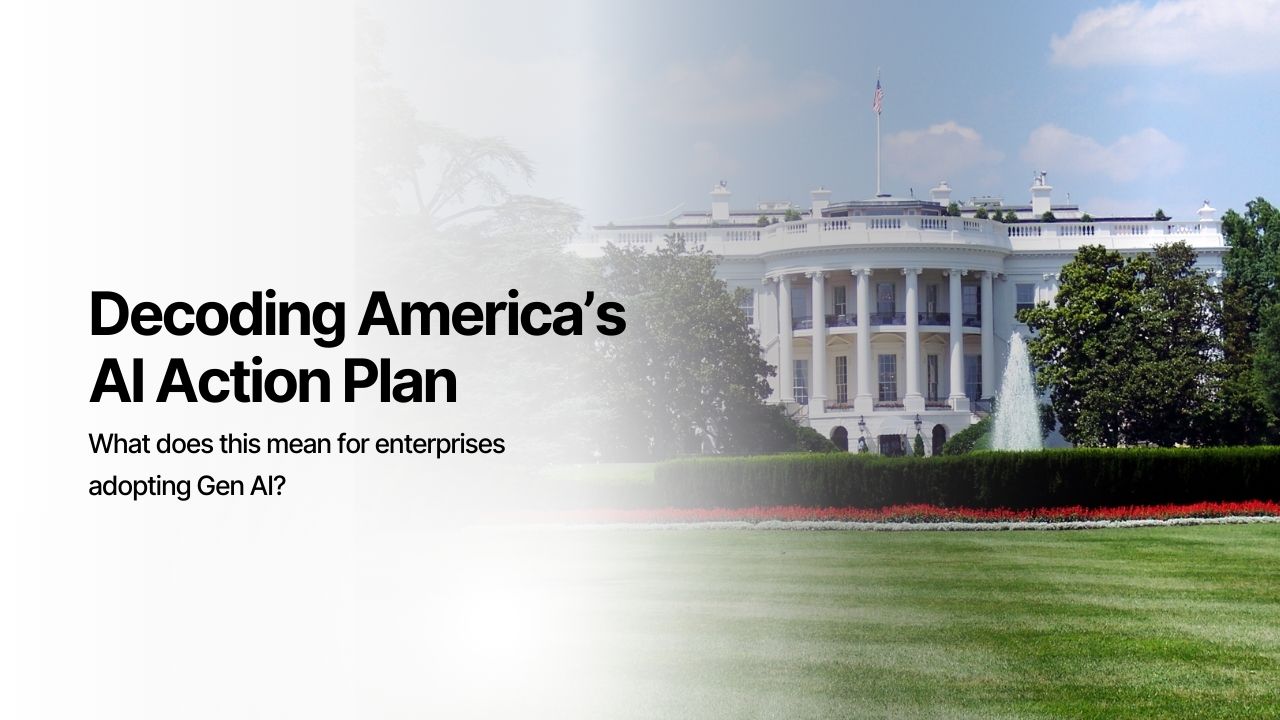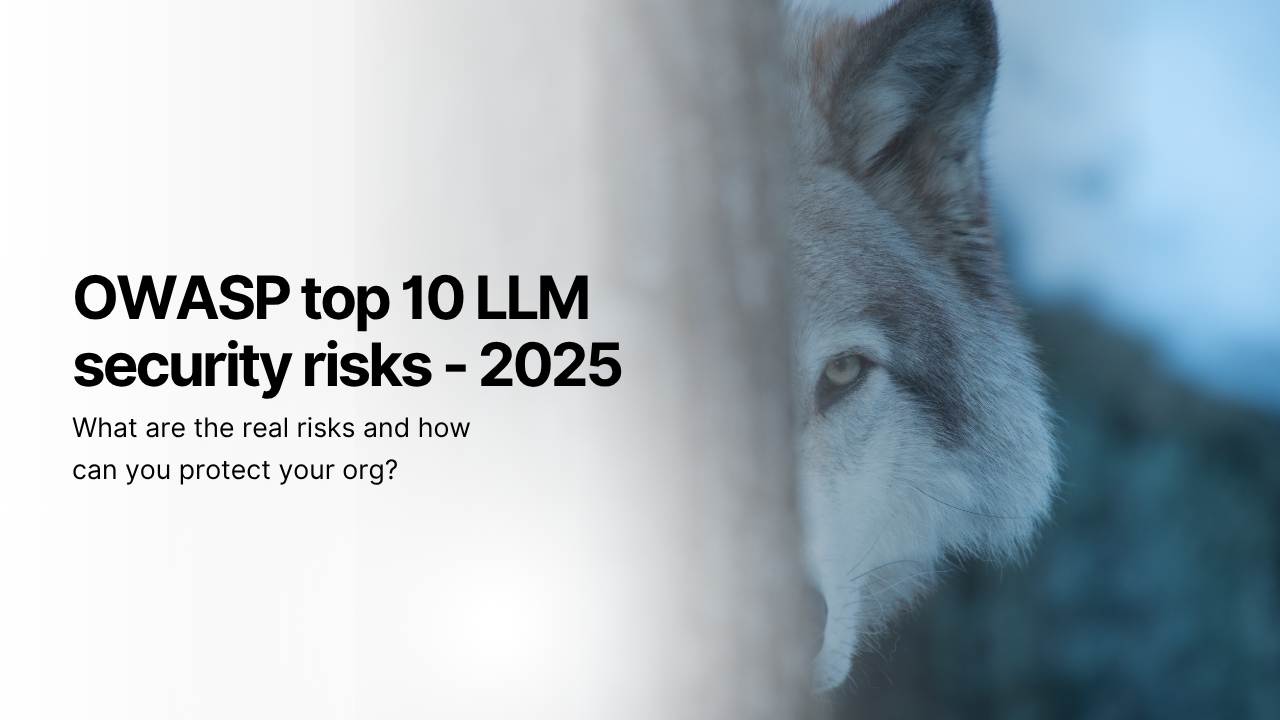What if the same AI technology that could cure cancer tomorrow could also be weaponized to create the next pandemic?
This is a stark reality facing researchers, policymakers, and society today.
A recent study revealed that 73% of AI safety experts believe there's a significant risk of AI-enabled biological weapons being developed within the next decade, while simultaneously acknowledging that restricting AI research could delay life-saving medical breakthroughs by years.
The impact of AI on biosecurity has reached a critical inflection point where the line between beneficial innovation and catastrophic risk has become increasingly blurred. As we navigate through 2025, this dual-use dilemma is forcing unprecedented conversations about the future of artificial intelligence and its role in biological research.
How serious is the AI biosecurity threat?
The statistics surrounding AI and biosecurity paint a concerning picture. According to recent assessments, AI models are becoming exponentially more capable of processing biological data, with some systems now able to analyze genetic sequences 10,000 times faster than traditional methods. While this computational power promises revolutionary advances in drug discovery and personalized medicine, it also creates new pathways for potential misuse.
The impact of AI on biosecurity becomes even more alarming when considering that cybersecurity experts estimate that AI-powered biological threat design tools could potentially reduce the time required to develop harmful pathogens from months to mere weeks. This acceleration of both beneficial and harmful applications creates an unprecedented challenge for global security frameworks.
What did OpenAI just admit about AI and bioweapons?
In a move that sent shockwaves through the AI community, OpenAI recently made a startling admission: their next-generation AI models may carry heightened risks of being used to help create biological weapons.
This controversial acknowledgment came alongside their announcement of new safeguards, creating a paradox that perfectly encapsulates the current state of AI development.
The company's transparency about these risks represents a significant departure from the traditionally secretive nature of AI development. Their latest safety monitoring systems show promising results, with models declining to respond to risky prompts 98.7% of the time during controlled testing scenarios. However, critics argue that even a 1.3% failure rate could be catastrophic when dealing with biological threats.
The impact of AI on biosecurity is further complicated by OpenAI's collaborative approach with external experts. While this transparency is commendable, it also raises questions about whether such openness might inadvertently provide roadmaps for potential bad actors seeking to exploit these technologies.
Why the AI industry's $64 billion future hangs in the balance?
The global AI market, valued at over $64 billion in 2024, finds itself at a crossroads where regulatory compliance and innovation must coexist. The impact of AI on biosecurity has become a determining factor in how this massive industry will evolve, with companies now forced to balance profit motives against potential civilization-ending risks.
Current AI systems are already capable of processing vast amounts of biological data and identifying patterns that could lead to both beneficial and harmful applications. The controversial reality is that the same algorithms powering breakthrough cancer treatments could theoretically be repurposed to design pathogens with enhanced virulence or antibiotic resistance.
This dual-use nature of AI creates what experts are calling the "biosecurity paradox", the more powerful AI becomes at solving biological problems, the more dangerous it becomes in the wrong hands. The impact of AI on biosecurity thus represents one of the most complex ethical and practical challenges facing modern technology governance.
Are global regulators failing to address AI biosecurity risks?
The global regulatory landscape for AI and biosecurity remains frustratingly fragmented, with different regions developing divergent approaches that may actually increase risks rather than mitigate them.
The European Union's AI Act, while comprehensive, won't be fully implemented until 2027 for some embedded systems, creating dangerous gaps in coverage during a critical period of technological advancement.
In the United States, the new Policy for Oversight of Dual Use Research of Concern and Pathogens with Enhanced Pandemic Potential (PEPP Policy), which became effective in May 2025, requires federal agencies funding certain types of life sciences research to ensure recipients have appropriate safeguards in place. However, critics argue that these measures may be too little, too late, as the impact of AI on biosecurity is already accelerating beyond current regulatory frameworks.
The lack of international coordination is particularly troubling given that biological threats have no borders. We may well end up in a situation where capital follows the location with the regulatory arbitrage advantage.
Tech giants are playing for self-regulation
Major AI platforms including ChatGPT, Claude, and Gemini have implemented refusal mechanisms that prevent responses to potentially harmful queries, including instructions for creating weapons or performing unsafe chemical reactions. However, these measures raise uncomfortable questions about the impact of AI on biosecurity and whether self-regulation is sufficient.
The effectiveness of these safeguards depends on continuous improvement and adaptation as new threats emerge. More controversially, some experts argue that publicizing these safety measures might help bad actors understand how to circumvent them, creating a dangerous cat-and-mouse game between developers and potential misusers.
Recent developments in cloud-based AI services, such as Amazon Bedrock's enhanced AI guardrails, demonstrate how the industry is attempting to address these concerns. However, the question remains whether these measures can keep pace with the rapid advancement of AI capabilities and the increasingly sophisticated methods of potential bad actors.
Former Google CEO Eric Schmidt's warning that "the biggest issue with AI is actually going to be its use in biological conflict" reflects a growing consensus among experts that the window for implementing effective safeguards is narrowing rapidly. The impact of AI on biosecurity is not a future concern, it's a present reality that demands immediate action.
The COVID-19 pandemic provided a stark reminder of the catastrophic potential of biological events. In a world where AI capabilities are advancing exponentially, the stakes for getting biosecurity right have never been higher. Some experts estimate that we may have as little as 18 months before AI systems become sophisticated enough to pose significant bioweapon risks, while regulatory frameworks are still years away from full implementation.
Is perfect AI biosecurity even possible?
Perhaps the most controversial aspect of the impact of AI on biosecurity is the recognition that perfect AI safety may be impossible. As AI systems become more capable, the potential for misuse grows proportionally, creating what researchers call the "dual-use dilemma." This reality forces uncomfortable questions about whether some types of AI research should be restricted or banned entirely.
The challenge lies in maintaining the delicate balance between preventing misuse and preserving the beneficial applications of AI in biotechnology. Some experts argue for a temporary moratorium on certain types of AI research until adequate safeguards can be developed. Others contend that such restrictions would only push research underground or to countries with less stringent oversight.
The impact of AI on biosecurity represents one of the defining challenges of our time. The convergence of AI and biotechnology will continue to accelerate, making it imperative that safety measures evolve at the same pace as the technology itself.
The uncomfortable truth is that we're essentially conducting a global experiment with technologies that could either save or doom humanity. The question isn't whether we can eliminate all risks, it's whether we can manage them before they manage us.
Ready to secure your AI-powered systems against biosecurity threats and dual-use risks?
Get an executive AI briefing to understand how our specialized safety frameworks, regulatory compliance, and AI guardrails can protect your organization from biological misuse scenarios.






